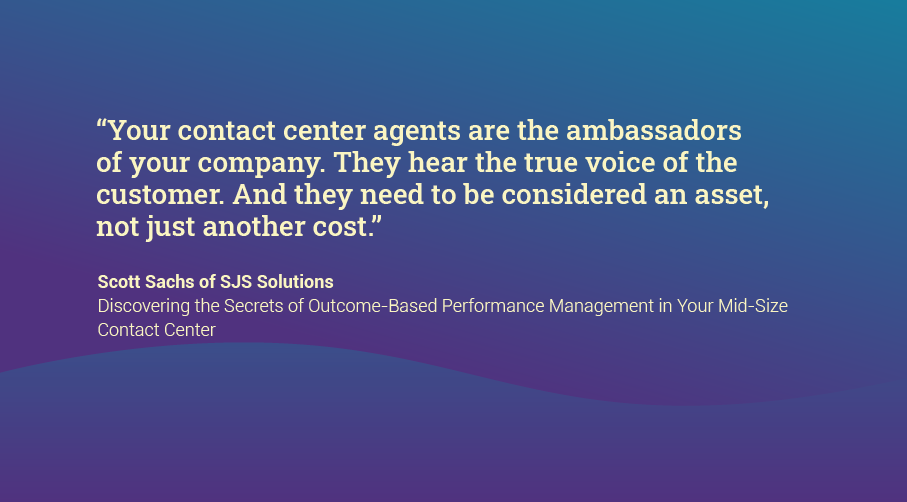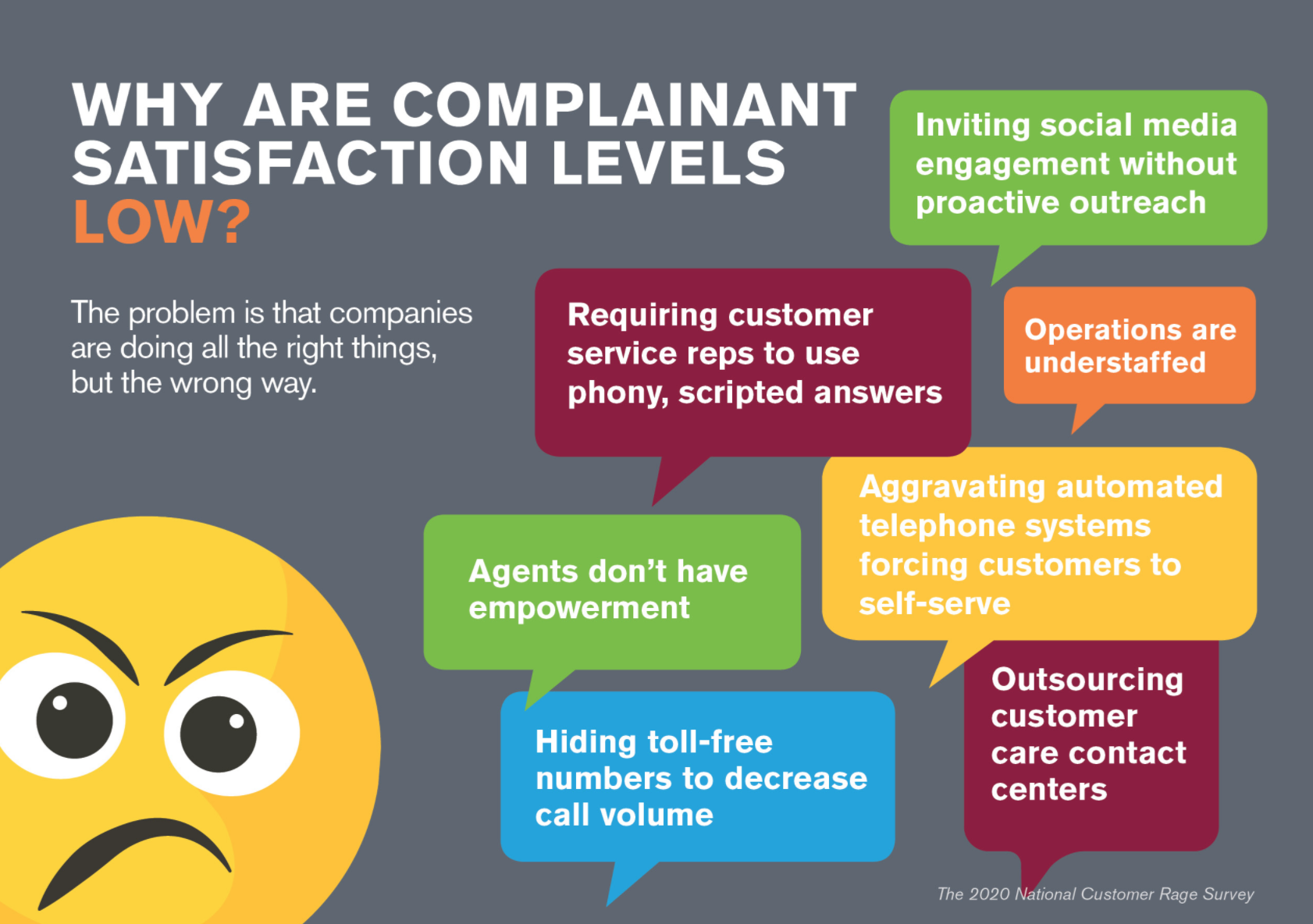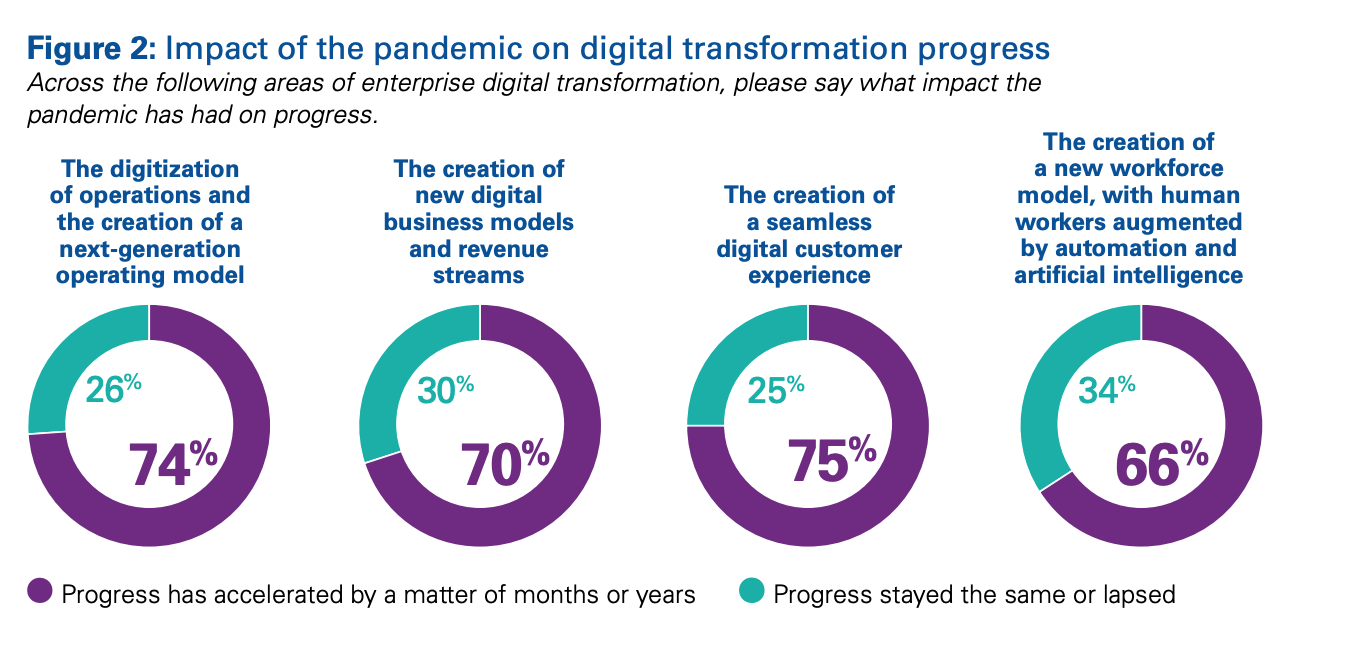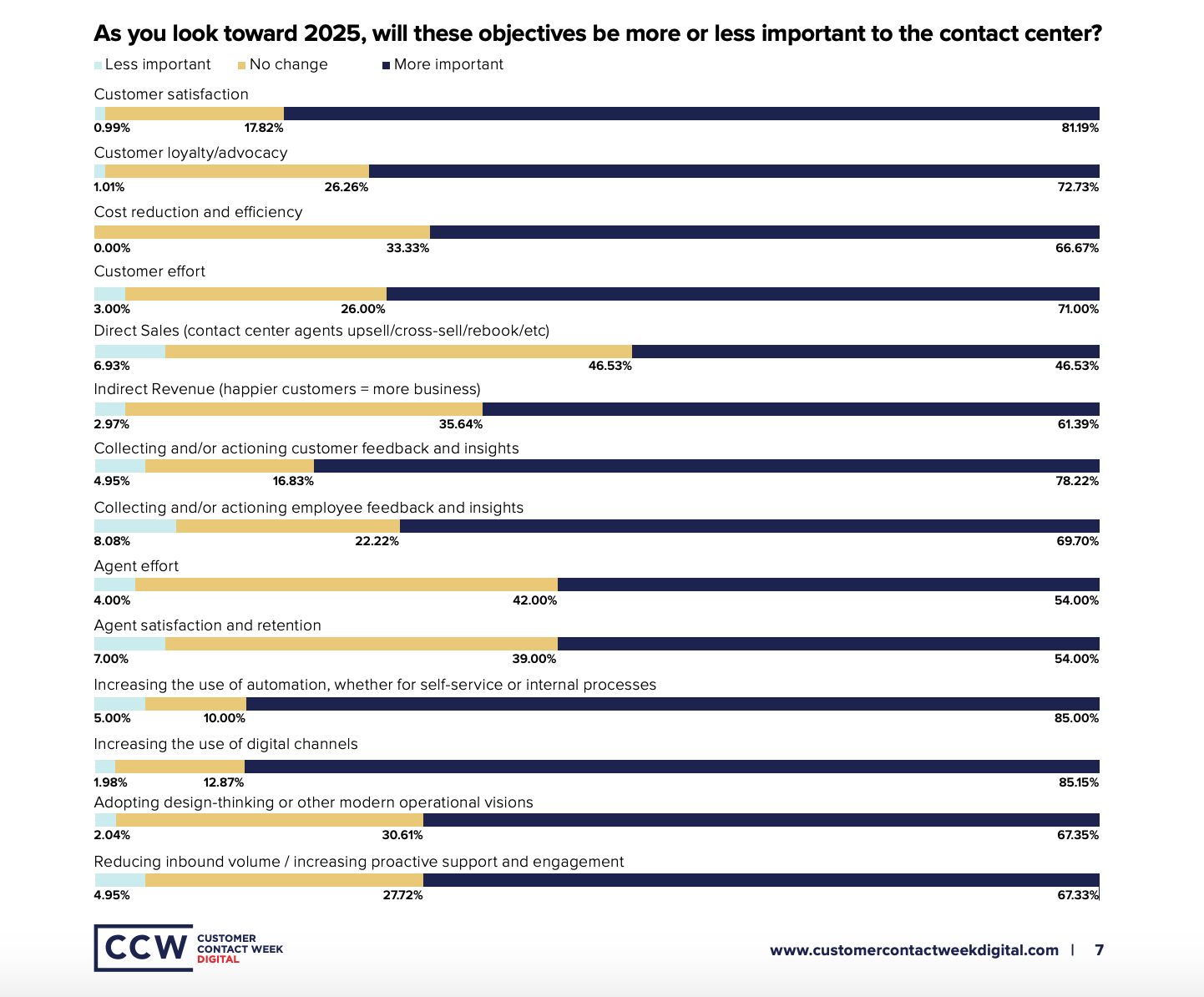Raise your hand if 2020 made you toss old customer service playbooks out the window.
Yeah, us too.
Honestly, saying we threw playbooks out the window is an understatement. Our old playbooks don’t even exist anymore. If you had told me in 2020 that I’d be stuck in my guest room using a vanity as a desk for a year, hiding from an unseen threat that was frightening everyone, I would have thought you were describing a Twilight Zone episode.
Catastrophe struck the globe and business leaders were forced to pivot in ways they never thought possible. We shifted mindsets and accelerated change, jumping years ahead of scheduled plans and transformations.
Customer service and ops leaders scrapped old strategies. Threw out decades-old policies. Crushed bureaucratic barriers. Mobilized workforces. And even trimmed year-long processes and tech due diligence to get workers home and productive as fast as humanly possible.
And you know what? While the change was largely unwanted and certainly uncomfortable, the customer service industry didn’t implode. Operational leaders like you realized that you might not need a 12-month process to purchase a new contact center platform. And you might not need your eyes on all agents, all the time, to maintain a productive contact center.
So now, as we begin recovery in much of the world, how do we plan for the future of work in customer service? And, what lessons can we take from the debacles of 2020 to help lay a foundation for the next several years?
We’re talking through the core trends that emerged on the cusp of a crisis, and how leaders have leaned into new challenges and settled into routines that are here to stay.
Jump to:
The Golden Rule of Customer Experience
What Does the Future of Good Customer Service Look Like?
Three Trends to Shape the Future of Customer Service
Trend #1: Accelerated Digital Transformation
Trend#2: The Gig Economy & Remote Work
Trend#3: Automation & Upskilling Agents
Here’s what to expect in the future of customer service and how you can prepare your contact center for a new standard of customer care in a post-Covid climate.
The Golden Rule of Customer Experience: Your Customer Experience Will Never Exceed Your Agent Experience.
First up in the future of customer service? Recognizing the employee-customer connection. If your employees are overworked and overwhelmed, your customers feel the frustration.
It’s woven into our psychology to feel the stress and anxiety of those around us. There’s a reason we’re told to lead by example. We tend to mirror the behaviors of our closest peers, colleagues and family members.
Well, the same goes for the agent and customer relationship. If your agents greet customers with frenzied feelings, your customers will respond with them, too. Then, all that negativity fuels an unproductive conversation where problems sit stagnant and loyalty is at risk.
The harsh reality is, too many employees still feel undervalued. In HubSpot’s latest report on the State of Customer Service in 2020, nearly a third of customer service professionals said their department is viewed as a cost center. That means your frontline employees, who set the tone with your customers each day, feel like a budget line item rather than a valuable team member who impacts business goals.
To deliver the customer service your customers expect now and in the future, invest in your people and a positive work environment.
What Does the Future of Good Customer Service Look Like?
The 2020 National Customer Rage Study found that corporate America risks a staggering $494 billion in revenue from poor customer care.
As the years tick up, customers expect more. And research shows, companies constantly battle to meet expectations. The 2020 study found nearly two-thirds of customers experience rage when reaching out to customer service for help. According to the survey, the main sources of dissatisfaction stem from high-effort experiences, like when an agent has no authority to help a customer, causing more friction in their experience, or when a customer has to use a website that isn’t easy to navigate.
Summed up: customers put in too much effort and still don’t get the results they expect.
The future of good customer service is about low effort experiences across every channel and touchpoint. It’s about giving customers the fast and accurate help they need, when they need it. And as customer demands keep rising, the scope of your contact center will only increase.
As your contact center scope grows, pay attention to these three trends to shape a better future for customer service.
The 3 Emerging Trends Reshaping the Future of Customer Service
Trend #1: Accelerated Digital Transformations Will Put Cloud Tech at the Forefront of Service
For years, leading businesses have slowly packed up their legacy tech and jetted off to the cloud. But what was once a slow progression is now an IndyCar race.
In the wake of COVID-19, inflexible technology is left in the dust. Research out of Teradata found a whopping 82% of business leaders want to speed up moving data and key business functions to the cloud because of difficulties during the pandemic.
Sending employees home with little notice and immovable tech proved challenging. Many companies had to find new solutions or adapt their current platforms to better fit remote work. And once they made the changes, business leaders realized new operational efficiencies and savings. In fact, our friends (and customers) over at Blackhawk Network decreased their handle times by 4% in the first month after moving their team home, and 8% after the first three months, leading to a projected $1.5 million in annual savings.
“The digital tools we’re using today would’ve taken us years to adopt, but we were forced to accept them overnight, and are pleased at how well they’re working.”
-Vertiv CEO Rob Johnson for KPMG’s 2020 U.S. CEO Outlook
What’s more? Not only did COVID cause businesses to pivot fast, but it also reshaped the behaviors of modern customers. Now, more than 82% of customers feel comfortable using digital channels, chatbots, and self-service options. Even my mom self-installed her own internet in 2020. You don’t know her, but if you did, you’d know this is a big. deal. for tech progress. (She once replied to an automated alarm system voice like she talks to Siri.)
The clear path to providing better customer service:
Building flexibility into your work environment will set your contact center up to tackle future challenges without any impact to your customer service experience. And, scaling up your digital channels, like chat and self-service, will cater to a new breed of customers. Those of us who’ve changed our shopping habits and become best friends with the tech in our homes.
If you haven’t already, make a checklist of how your current tech supports you and how it’s blocking you from improving your experience. Can your systems keep up with the new behaviors of modern customers? And, can your platforms support your agents and maintain business continuity when you need to adjust on the fly? Create a business continuity plan with flexible tech and your people in mind.
Trend #2: The Gig Economy is Reshaping the Customer Service Workforce
Forrester research shows that remote work is the new norm (familiar phrase, I know). It’s expected to spike by 300% in 2021. And contact center leaders, like you, weighed in on how they feel about distributed work, too. Turns out, only 7% of leaders anticipate going back to a traditional contact center model through 2025. The rest will rely on more remote work and other hybrid models.
“Flexibility, particularly in customer service is here and it is here to stay.” – Matt Wujciak, CCW
Remote work and flexible work environments aren’t going anywhere thanks to the gig economy and proven success during the pandemic. For years, gig work has paved the way for seasonal workers during your contact center’s busy season.
You can’t hire a crop of 1,000 seasonal employees to work full shifts if they’re holding down full-time jobs elsewhere. These seasonal employees are likely “freelancers” or contract workers who bounce from gig to gig as they open up.
And now, more modern workers are turning to freelance and contract positions to build their full income. Companies like Uber, DoorDash and InstaCart created new ways to earn income and work when it fits your schedule. Employees are cashing in on the opportunity to build work into their lives, not the other way around. And with this trend comes a new crop of talent to contribute to your contact center.
How to support these workers so they can deliver better service:
With more contract workers and agents seeking flexible employment, get ahead of the game and build policies to support these unique employees. Create guidelines to give your flex agents the guard rails they need to do their jobs.
Document important aspects of your call center tech so temporary agents have a reference when they need help. Bulk up your knowledge management resources and keep peer communication channels open so agents can work together to solve customer problems. Build an environment where every agent can succeed, no matter their schedule.
Trend #3: As Automation Booms, So Does the Need to Upskill Your Agents
Increasing automation and self-service tools in the contact center snagged a top spot on the priority list of 85% of customer service leaders.
Companies who were once skeptical about automation now see its relevance after floods of customer interactions during the pandemic. Leaders want to offload simple tasks to automation and self-service tools.
But as companies invest more in automation and self-service, it’s imperative to think through how your employees fit into the mix. Because while digital channels and self-service options gain popularity, your customers still expect agents on deck ready to jump in if your self-help options don’t pan out. In fact, access to a live agent is still one of the top three pieces of a positive digital experience, according to your customers.
How to upskill your agents to handle new complex customer service requests:
You’ll need highly skilled agents who don’t have to split their attention to handle the complex interactions that your automated systems can’t solve. You’ll need upskilled managers and supervisors to set automation rules, coach to what you find, and continue improving on self-service options.
And all of this takes coaching. Dedicate time each week to coaching and training your team. Work with each agent in your 1:1s to see what skills you need to boost to help them handle future interactions. Come up with core competencies for your team, like empathy, customer focus and resourcefulness. Then, create a scale to grade each agent on the core competencies. Work together to ID areas for improvement and find room for growth, so they can continue to deliver better customer service.
Plus, dedicating time to coaching shows commitment to your agents and their professional growth. When employees feel they have a path to advancement at your company, you lower turnover and increase productivity, fueling a more stable service environment and better outcomes for your customers.
The future of customer service requires investing in your people just as you invest in technology.
“The ingredients are simple. Start with good people. Train them well. Empower them to make good decisions on behalf of the customer and the company. Let them do their job.”
[Download Now] Investing in your agents improves these 9 business outcomes



